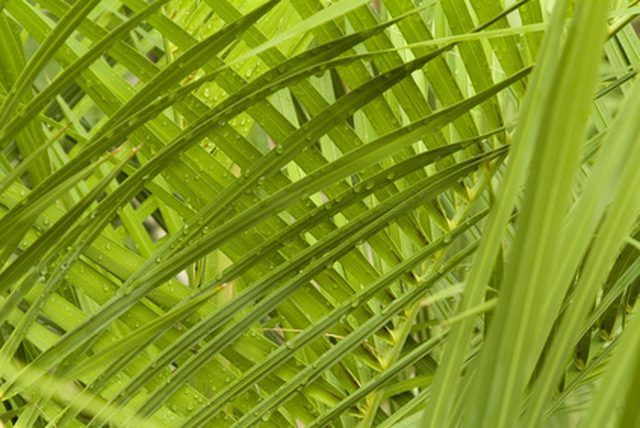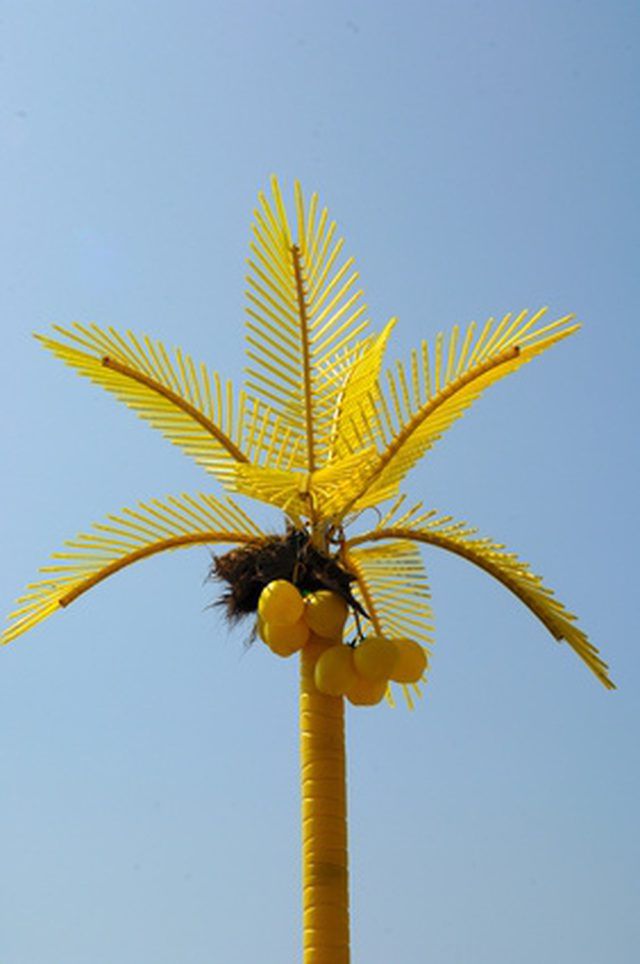Bulbs
Flower Basics
Flower Beds & Specialty Gardens
Flower Garden
Garden Furniture
Garden Gnomes
Garden Seeds
Garden Sheds
Garden Statues
Garden Tools & Supplies
Gardening Basics
Green & Organic
Groundcovers & Vines
Growing Annuals
Growing Basil
Growing Beans
Growing Berries
Growing Blueberries
Growing Cactus
Growing Corn
Growing Cotton
Growing Edibles
Growing Flowers
Growing Garlic
Growing Grapes
Growing Grass
Growing Herbs
Growing Jasmine
Growing Mint
Growing Mushrooms
Orchids
Growing Peanuts
Growing Perennials
Growing Plants
Growing Rosemary
Growing Roses
Growing Strawberries
Growing Sunflowers
Growing Thyme
Growing Tomatoes
Growing Tulips
Growing Vegetables
Herb Basics
Herb Garden
Indoor Growing
Landscaping Basics
Landscaping Patios
Landscaping Plants
Landscaping Shrubs
Landscaping Trees
Landscaping Walks & Pathways
Lawn Basics
Lawn Maintenance
Lawn Mowers
Lawn Ornaments
Lawn Planting
Lawn Tools
Outdoor Growing
Overall Landscape Planning
Pests, Weeds & Problems
Plant Basics
Rock Garden
Rose Garden
Shrubs
Soil
Specialty Gardens
Trees
Vegetable Garden
Yard Maintenance
Yellow Leaves on a Palm Tree
Yellow Leaves on a Palm Tree. Palm tree leaves naturally turn yellow, then brown as they age. Yellowing that occurs in patterns on the leaves or on a large number of leaves is not normal aging. Nutritional deficiencies are the most common culprit and can be treated easily. More rarely, yellowing could be the result of disease.

Palm tree leaves naturally turn yellow, then brown as they age. Yellowing that occurs in patterns on the leaves or on a large number of leaves is not normal aging. Nutritional deficiencies are the most common culprit and can be treated easily. More rarely, yellowing could be the result of disease.
Potassium Deficiency
The most common nutritional deficiency in palms is potassium. Symptoms vary, but always appear on the oldest leaves first. Leaves may be mottled yellow or patterned brown at the tip, yellow in the middle and green at the base.
Magnesium Deficiency
Magnesium deficiency affects older leaves first. The leaves turn yellow along the outside edge, while the center remains green.
Manganese Deficiency
Manganese deficiency first appears on older leaves. Wide bands of yellow streak the edges of the leaf, while the center portion remains green.
Nitrogen
Nitrogen deficiency is more common among container raised palms. All leaves become a light green, then turn uniformly yellow.

Iron
Iron deficiency affects the newest leaves. The leaves emerge uniformly yellow.
Lethal Yellowing Disease
Lethal yellowing of palms destroyed coconut palms and other palms throughout the Caribbean and Florida. Yellowing begins at the bottom of the canopy and progresses to the top of the canopy. The condition is fatal.
